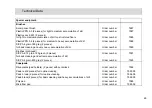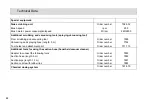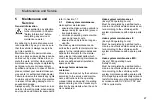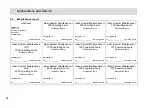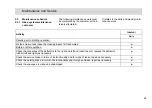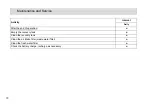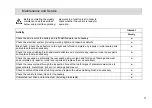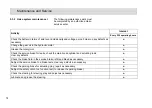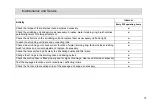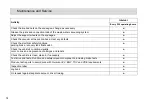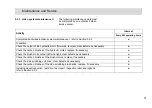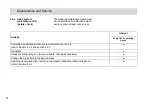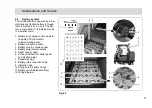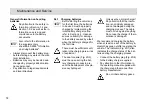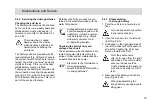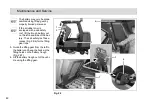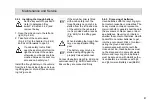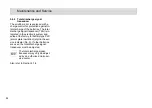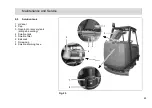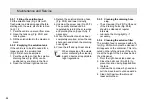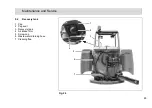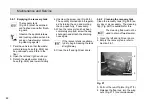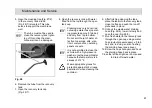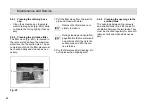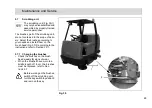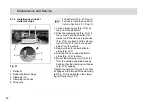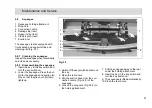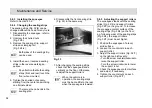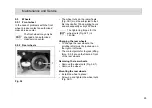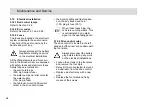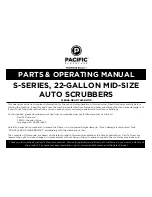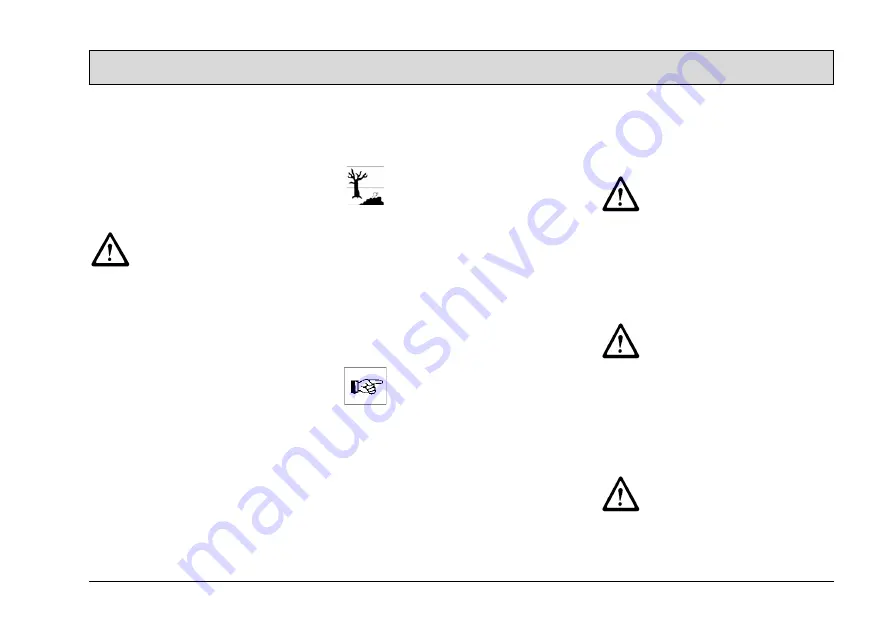
79
Maintenance and Service
5.4.2 Servicing the driving batteries
Checking the acid level
The battery acid level must be checked
by the customer on a weekly basis and
distilled water must be topped up, if
necessary; also refer to Sections 5.3.1
and 5.3.2.
There must be no naked
flames used in the vicinity
when handling batteries, par-
ticularly when checking the
acid level.
The battery cells are provided with fill
level indicators (Fig. 23/6) which ensure
the correct height of electrolyte is main-
tained: The white point must be clearly
visible at the top. If this is not the case,
distilled water must be refilled.
Topping up the battery is completed via
the connection coupling, the aquamatic
plug (Fig. 23/7), which is then connect-
ed to the water filling device. This is not
part of the scope of delivery.
Details on the filling process are con-
tained in the manual provided with the
water filling device.
Spilled battery acid must never
enter the sewage system in its
initial form, it must be neutral-
ized beforehand: e.g. diluted
with plenty of water or ab-
sorbed with granulate.
Checking the acid density and
voltage of each cell
These points must be checked and cor-
rected at regular intervals within the
scope of Hako system maintenance by
an authorized service center.
Also refer to the information in
the supplementary
sheet 88-60-2556 "Information
on driving batteries".
5.4.3
Disassembling
the trough battery
1. Park the vehicle on a level area of
floor.
Turn the key switch to position
0 and remove the key.
2. Open the side doors to the left and
3. Positioned on the right-hand side of
the vehicle, take hold of the seat con-
sole at the handle (Fig. 24/2) and
pivot up towards the front.
Pivot the seat console
(Fig. 24/1) open from the right-
hand side of the vehicle other-
wise your hands could be
crushed between the seat con-
sole and cab safety roof (if fit-
ted).
4. Disconnect the battery and vehicle
plug (Fig. 24/5+6).
When disassembling the
trough battery, use appropriate
lifting gear.

